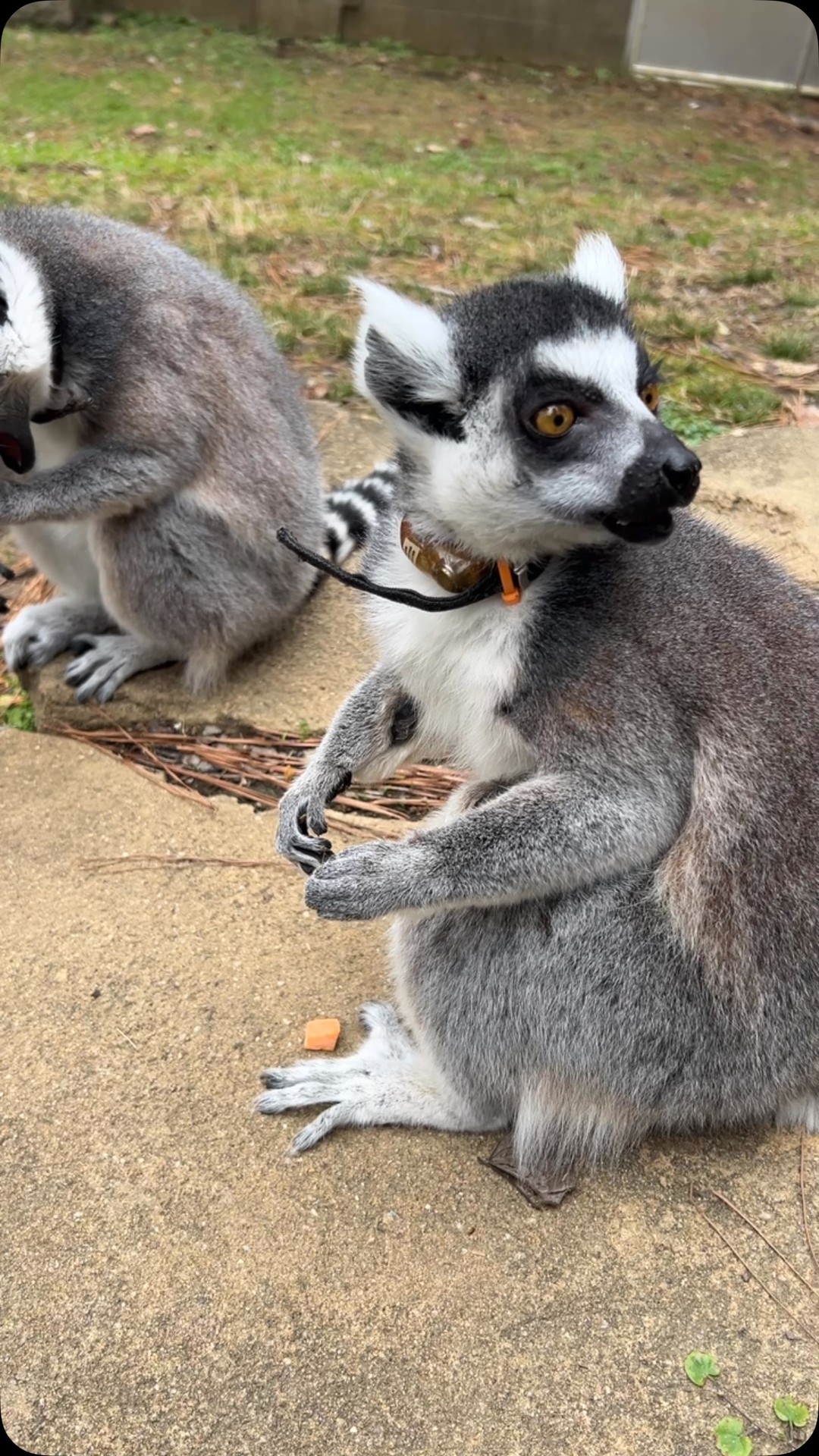- Educational significance and behavior of the ring-tailed lemur and radiated tortoise.
- Importance of zoological parks in wildlife conservation.
- How zoos manage animal care and when lemurs might be kept indoors due to temperature changes.
- The role of social media and digital engagement in promoting conservation awareness.
- Enhancing visitor experiences through interactive exhibits and educational programs.
Ring-tailed lemurs and radiated tortoises are fascinating species showcased in many zoological parks, offering an educational glimpse into their distinct behaviors and ecological roles. The ring-tailed lemur, scientifically known as Lemur catta, is native to Madagascar and recognized for its striking black and white ringed tail, which serves as a social signal in communication. The radiated tortoise, Astrochelys radiata, is also indigenous to Madagascar and is noted for its intricately patterned shell. Both animals play crucial roles in their ecosystems, contributing to a balanced environment through means such as seed dispersal and, in the case of the tortoises, grazing habits that help maintain plant diversity.
Zoological parks serve as key institutions for wildlife conservation by facilitating education, research, and breeding programs aimed at preserving vulnerable species. With the ring-tailed lemur classified as endangered and the radiated tortoise critically endangered, zoos provide sanctuaries where these species can thrive under human care. By partaking in global breeding programs and employing advanced reproductive technologies, zoos play a pivotal role in combating species decline caused primarily by habitat loss and illegal wildlife trafficking.
Proper animal care in zoos is essential to maintain the health and welfare of the animals. This includes providing appropriate diets, medical care, and environmental enrichment to stimulate natural behaviors. As ectothermic animals, radiated tortoises rely heavily on external temperatures to regulate their body heat, necessitating climate-controlled environments within zoos. Lemurs, on the other hand, may be kept indoors during colder months to safeguard them from chilly temperatures that could adversely affect their well-being. Staff must continually monitor environmental conditions to ensure optimal habitats, adjusting them to suit each species’ specific needs.
Digital platforms and social media serve an increasingly vital role in raising awareness about conservation issues. By sharing engaging content such as videos of lemurs enjoying their habitat, zoos can reach a broader audience, inspiring public interest and support. Engaging posts not only entertain but educate viewers about critical environmental challenges, often prompting further action and awareness on global issues like deforestation and wildlife preservation.
Zoos focus on creating enriching visitor experiences through interactive exhibits and educational programs. These initiatives aim to deepen the public’s understanding of wildlife conservation by providing immersive experiences that highlight the importance of protecting biodiversity. Interactive sessions with knowledgeable staff like animal keepers and wildlife experts, alongside opportunities to observe animal behaviors first-hand, contribute to an informed and committed audience ready to support conservation efforts.
The ring-tailed lemurs and radiated tortoises, housed in zoological parks like Explore the Wild, showcase the immense educational value these institutions offer. By providing a platform for direct interactions with wildlife, they educate and inspire visitors to appreciate and contribute positively to the planet’s biodiversity. Through strategic educational outreach and continuous improvement of animal care and management techniques, zoos remain at the forefront of global efforts to conserve these exquisite species for future generations.
*****
Source Description
You’ve made it to Wednesday! Have a crunchy lemur vid. 💥🍠
Visit the ring-tailed lemurs and radiated tortoises in Explore the Wild, Tuesday – Sunday! (Lemurs may be inside due to chilly temps.)

